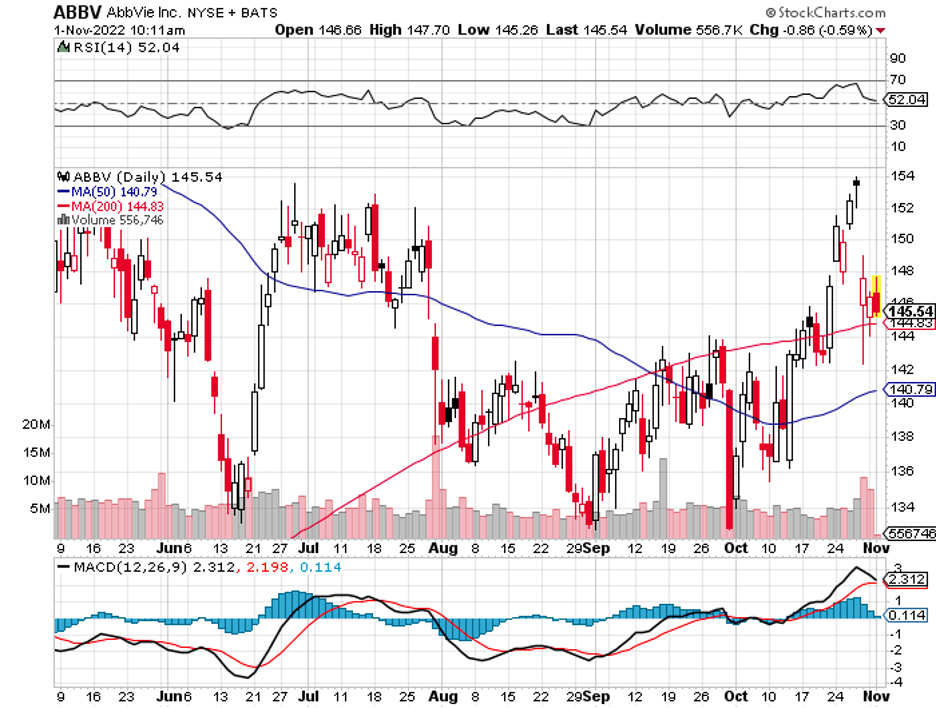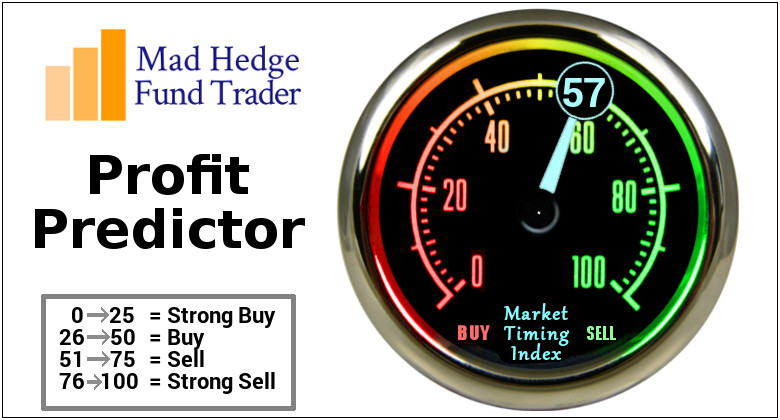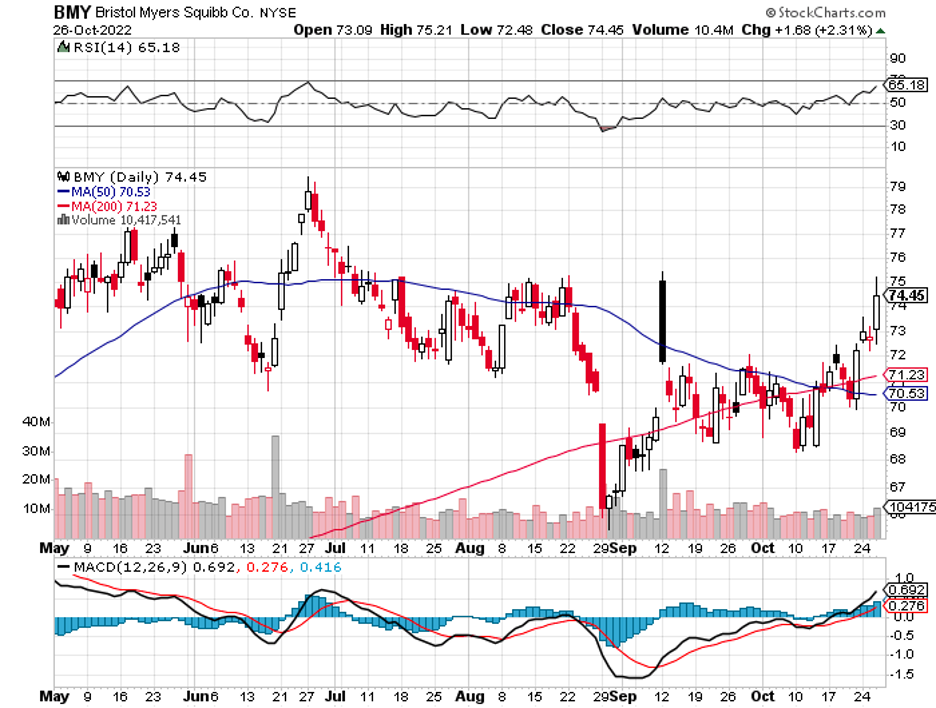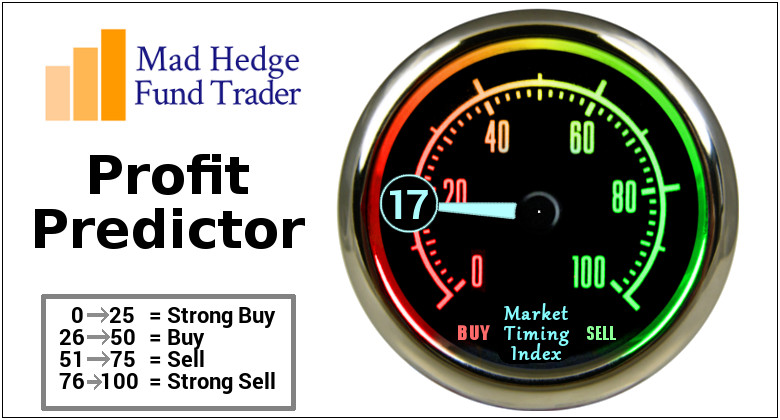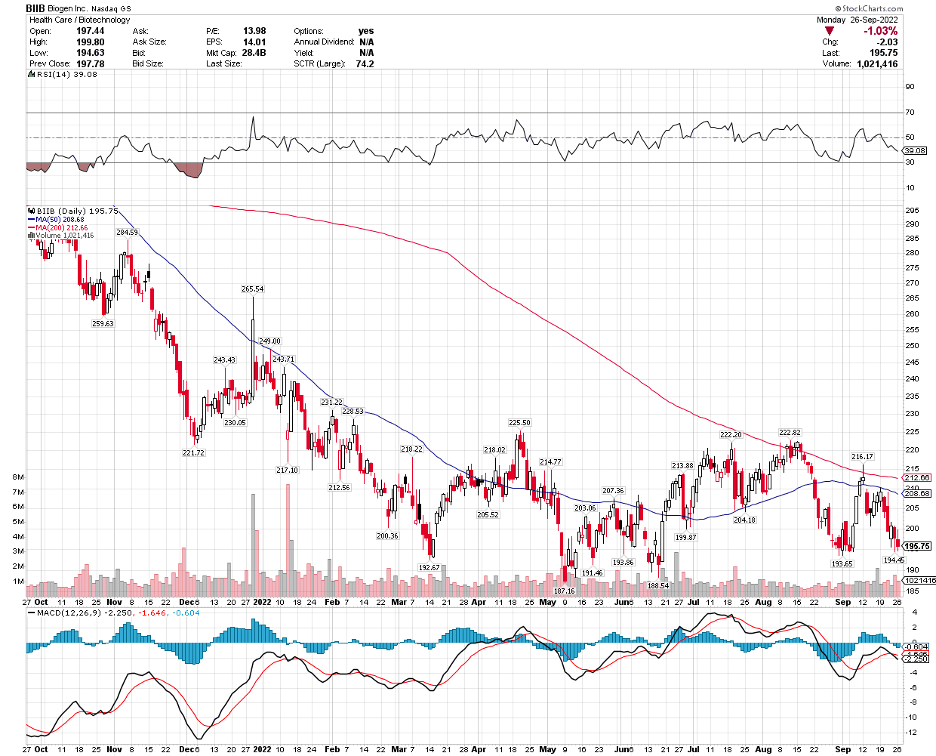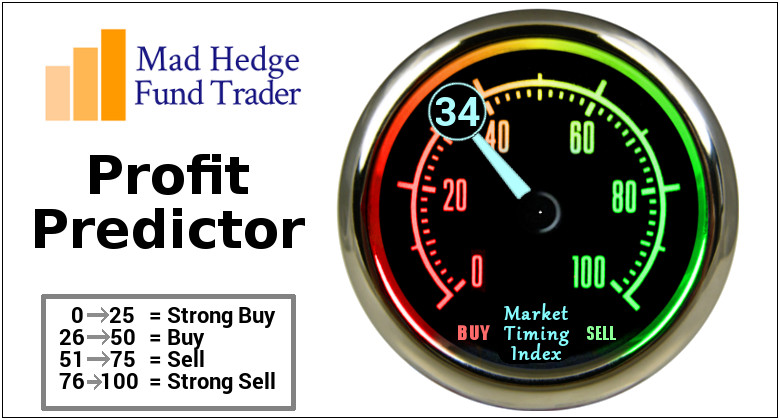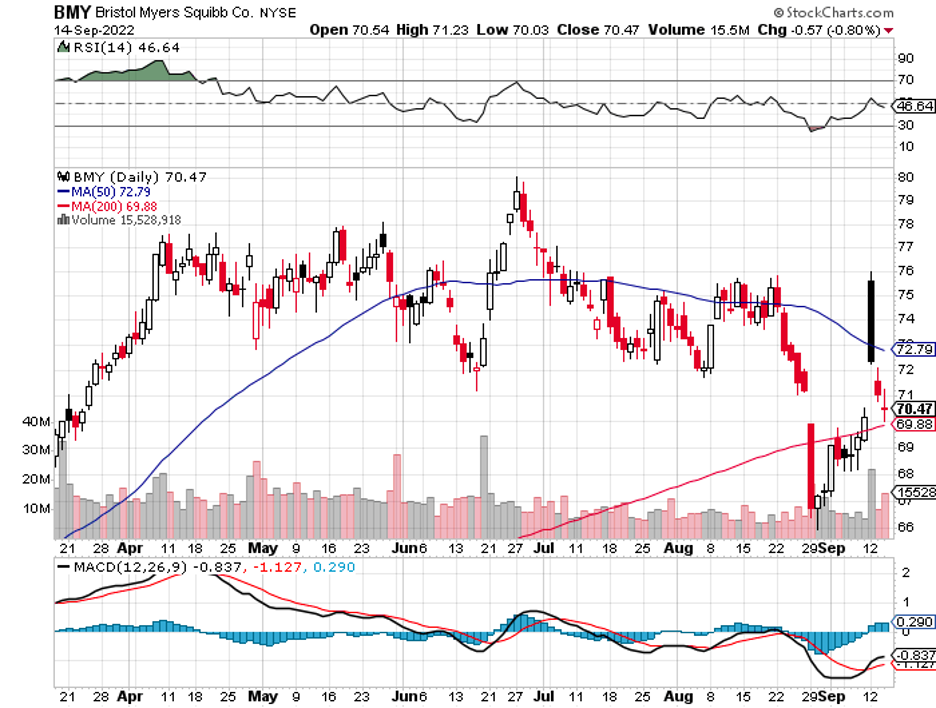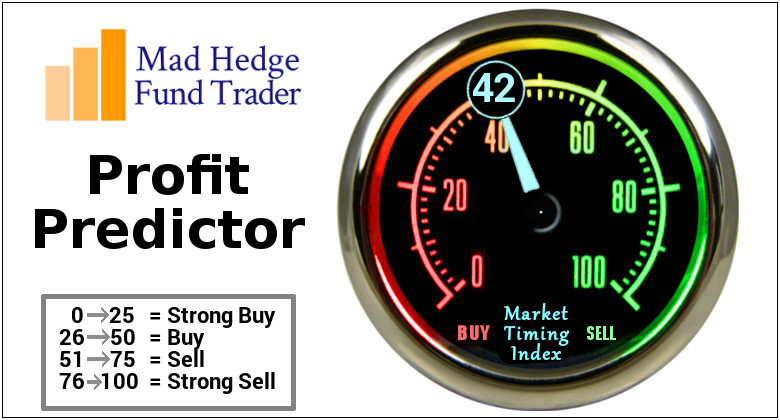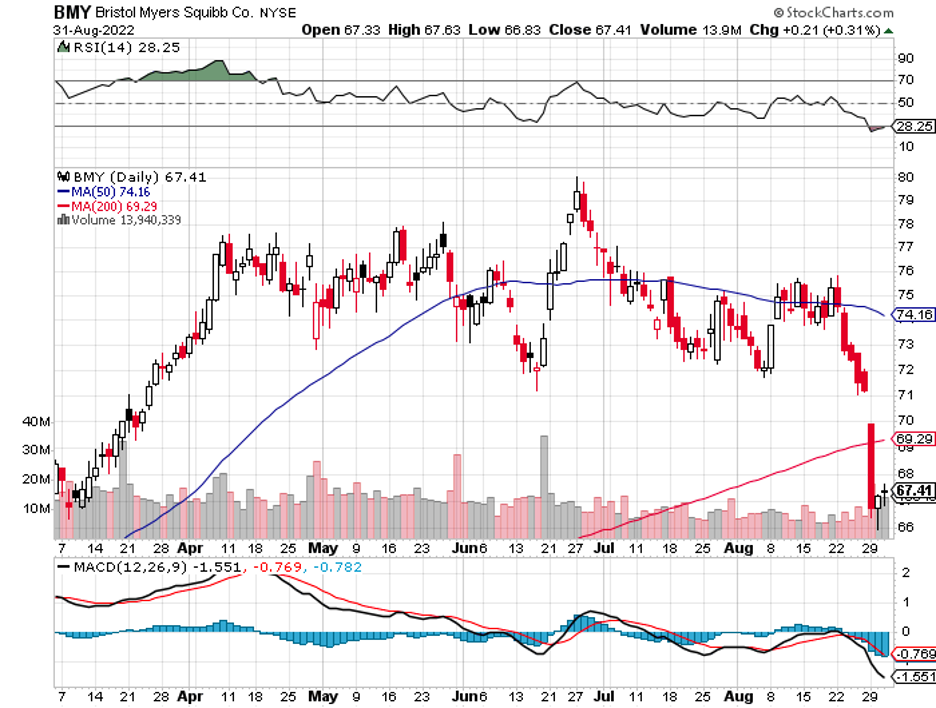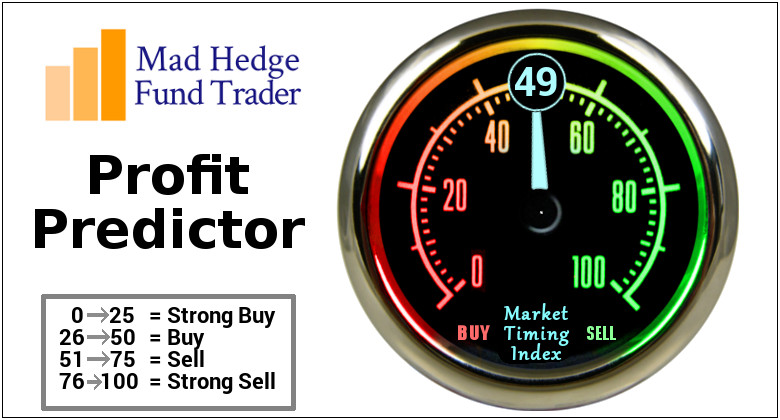Uncertainty. That’s the prevalent sentiment in the investment community these days.
Investors have been hesitant to buy stocks because they believe the bear market isn’t over yet.
Moreover, investors are anxious over the possibility that the stocks will keep falling as issues like higher inflation continue to hound the market.
However, it’s critical to remember that although today’s situation is challenging, it’s only temporary. This means that businesses with solid track records and promising prospects still make excellent buys.
One of the companies outperforming the market this year but which has fallen out of investors’ favor recently, is AbbVie (ABBV).
AbbVie stock has been declining in value lately following an underwhelming third-quarter earnings report. On top of that, the looming patent expiration of its top-selling drug Humira remains a significant concern among investors.
While the Humira situation is clearly not good news for the company, the reality is that AbbVie has impressively preserved the medication’s exclusivity for almost a decade longer than initially expected. Plus, the company has been boosting Humira pricing every year to cope with the declining revenues in the EU, where it already lost patent protection in 2018.
Hence, it’s acceptable for Humira’s chapter in AbbVie’s story to end. After all, the drug has given the company so much. It has been primarily responsible for the more than 325% climb in the company’s share price since 2012 when AbbVie was spun out of Abbott Laboratories (ABT).
Nonetheless, Humira’s impending patent loss doesn’t mean that AbbVie will simply abandon its roots.
The company has since developed potential successors of Humira, namely, Skyrizi and Rinvoq.
So far, the two auto-immune drugs have delivered promising results and are on track to keep the company in tip-top shape in its post-Humira era.
These newer immunology drugs are showing impressive growth potential, with Rinvoq recording a 56% increase in revenue in the third quarter of 2022 and Skyrizi revenue soaring by 85%.
Both are also on track to beat Humira’s peak sales, with joint peak sales from Skyrizi and Rinvoq initially estimated to reach roughly $15 billion.
However, recent revenue reports show that the two could surpass the estimate and completely eclipse Humira’s more than $20 billion annual return.
Obviously, AbbVie would require more than its immunology segment if it plans to sustain a good top and bottom-line growth trajectory.
Other than the more than 10 neuroscience, hematology, immunology, and oncology candidates in its pipeline, which are projected to be ready for market launches in the three to five years, AbbVie has been diving into the aesthetics and eye care markets.
Its eye care program, specifically RGX-314, which is currently being developed in partnership with Regenxbio (RGNX), is an interesting wildcard. For context, the eye care segments for wet and dry advanced macular degeneration are roughly worth over $10 billion to $20 billion annually.
With its Humira chapter closing, AbbVie could be ushering in a new era where products from its Allergan acquisition take the lead.
For example, its Botox franchise consistently delivers impressive results. Even its Botox for migraine line has been recording double-digit revenue growth in the third quarter, indicating gains in AbbVie’s neuroscience segment.
As for the aesthetic indications of Botox, this particular portfolio could be a key driver in the company’s future growth.
Aside from Botox, AbbVie also gained access to the widely used dermal filler Juvederm. With the facial aesthetics industry pegged to experience a compound annual growth rate yearly at 14%, the market is estimated to hit $15.2 billion by 2028.
This trend of AbbVie dominating the market is likely to continue as the company is confident that competitors would be unable to develop biosimilars of Botox. That means its Botox line could keep adding to its top-line growth for an extended period.
Overall, AbbVie is a solid bet among the “Big 8” in the pharmaceutical world, which includes Johnson & Johnson (JNJ), Merck (MRK), Gilead Sciences (GILD), Amgen (AMGN), Eli Lilly (LLY), Bristol Myers Squibb (BMY), and Pfizer (PFE).
Moreover, this is an excellent time to hunt for deals as several quality stocks continue to decline, affected negatively partly by the momentum of the broader market. Among stocks to consider, AbbVie should be at the top of your list.

